Refine search
Actions for selected content:
92 results
Books in Space: The Emergence of the vade, liber Refrain in Roman Poetry
-
- Journal:
- Antichthon , First View
- Published online by Cambridge University Press:
- 27 October 2025, pp. 1-20
-
- Article
- Export citation
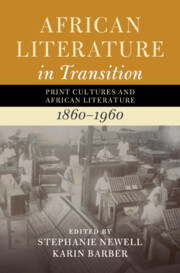
African Literature in Transition
- Print Cultures and African Literature, 1860–1960
-
- Published online:
- 23 October 2025
- Print publication:
- 06 November 2025
Chapter 21 - The Bloomsbury Bookshop
- from Part IV - Public Bloomsbury
-
-
- Book:
- A History of the Bloomsbury Group
- Published online:
- 09 October 2025
- Print publication:
- 23 October 2025, pp 349-366
-
- Chapter
- Export citation
7 - The History of Books and Printing
- from Part I - The Textual Record
-
-
- Book:
- The New Cambridge History of the English Language
- Published online:
- 18 October 2025
- Print publication:
- 16 October 2025, pp 177-199
-
- Chapter
- Export citation
Chapter 6 - Mansfield, Burrow, and the Reformulation of the Legal Decision
-
-
- Book:
- British Law and Literature in the Long Eighteenth Century
- Published online:
- 19 September 2025
- Print publication:
- 09 October 2025, pp 125-146
-
- Chapter
- Export citation
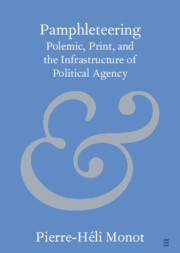
Pamphleteering
- Polemic, Print, and the Infrastructure of Political Agency
-
- Published online:
- 05 September 2025
- Print publication:
- 02 October 2025
-
- Element
-
- You have access
- Open access
- HTML
- Export citation
Pan-African Print in Interwar Britain: Ras T. Makonnen and International African Opinion
-
- Journal:
- Transactions of the Royal Historical Society / Volume 3 / December 2025
- Published online by Cambridge University Press:
- 27 August 2025, pp. 205-228
- Print publication:
- December 2025
-
- Article
-
- You have access
- Open access
- HTML
- Export citation
15 - Writing, Reading, Revising, Editing, Archiving
-
-
- Book:
- The Cambridge Companion to James Joyce
- Published online:
- 14 August 2025
- Print publication:
- 21 August 2025, pp 251-265
-
- Chapter
- Export citation

How the World Became a Book in Shakespeare's England
-
- Published online:
- 09 August 2025
- Print publication:
- 14 August 2025
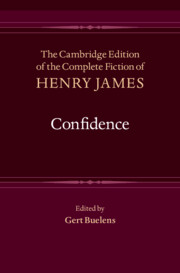
Confidence
-
- Published online:
- 30 July 2025
- Print publication:
- 14 August 2025
Chapter 3 - The Economics of Translating Virgil
-
- Book:
- Translating Virgil
- Published online:
- 15 May 2025
- Print publication:
- 05 June 2025, pp 206-268
-
- Chapter
- Export citation
Chapter 1 - Introduction
-
- Book:
- Satire, Instruction and Useful Knowledge in Eighteenth-Century Britain
- Published online:
- 24 April 2025
- Print publication:
- 08 May 2025, pp 1-28
-
- Chapter
-
- You have access
- Open access
- Export citation
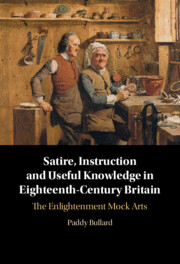
Satire, Instruction and Useful Knowledge in Eighteenth-Century Britain
- The Enlightenment Mock Arts
-
- Published online:
- 24 April 2025
- Print publication:
- 08 May 2025
-
- Book
-
- You have access
- Open access
- Export citation
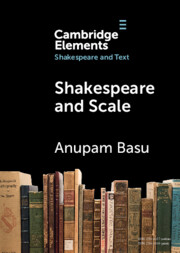
Shakespeare and Scale
- The Archive of Early Printed English
-
- Published online:
- 31 March 2025
- Print publication:
- 24 April 2025
-
- Element
- Export citation
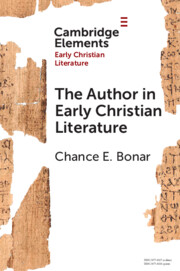
The Author in Early Christian Literature
-
- Published online:
- 27 January 2025
- Print publication:
- 20 February 2025
-
- Element
- Export citation
Chapter 13 - A Periodical Masquerade
-
-
- Book:
- The New Nineteenth-Century American Literary Studies
- Published online:
- 02 January 2025
- Print publication:
- 23 January 2025, pp 186-202
-
- Chapter
- Export citation
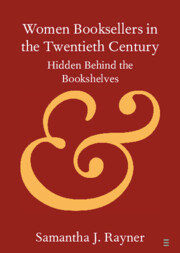
Women Booksellers in the Twentieth Century
- Hidden Behind the Bookshelves
-
- Published online:
- 17 January 2025
- Print publication:
- 30 January 2025
-
- Element
-
- You have access
- Open access
- HTML
- Export citation
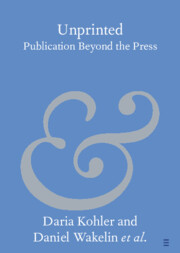
Unprinted
- Publication Beyond the Press
-
- Published online:
- 15 January 2025
- Print publication:
- 30 January 2025
-
- Element
- Export citation
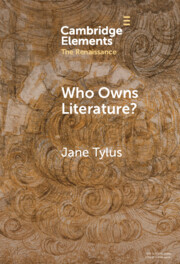
Who Owns Literature?
- Early Modernity's Orphaned Texts
-
- Published online:
- 09 January 2025
- Print publication:
- 30 January 2025
-
- Element
- Export citation
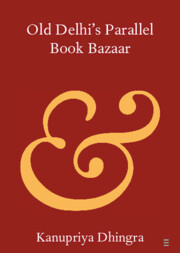
Old Delhi's Parallel Book Bazaar
-
- Published online:
- 24 November 2024
- Print publication:
- 28 November 2024
-
- Element
- Export citation
